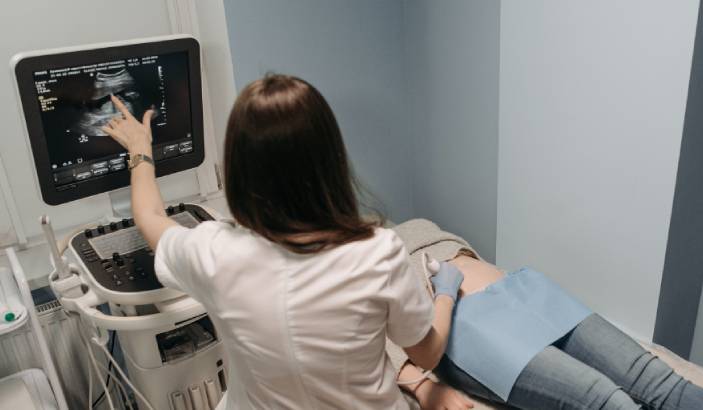Family nurse practitioners are an integral part of the healthcare sector. The role of nurse practitioners is increasingly crucial, given the mounting pressure on providers to deliver quality, cost-effective care. While many people have a family nurse practitioner as their primary care provider, not all know what nurse practitioners do or the services they offer.
These healthcare providers deliver a blend of medical and nursing services alongside physicians, helping manage patient caseloads at clinics and hospitals. They play a crucial role in delivering primary care services to patients in areas with difficulty accessing care services. The best thing is that you can become a qualified family nurse practitioner in as few as two years through online post masters FNP programs. In this article, we’ll look at the role of a family nurse practitioner in delivering primary care to patients:
1. Manage Chronic Health Conditions
One of the primary roles of family nurse practitioners is to help patients manage chronic health conditions, such as diabetes and hypertension. They diagnose chronic ailments and ensure patients struggling with high cholesterol, diabetes, and other acute or long-term chronic conditions follow treatment recommendations. This is important as patients with chronic illnesses often require more intensive and frequent care, which can be burdensome for primary care providers.
Nurse practitioners work alongside other care providers to ensure patients with complex health needs get high-quality, regular care that focuses on managing their health condition. In fact, nurse practitioners have been shown to deliver quality primary care services as physicians, helping patients with chronic diseases improve their quality of life.
2. Conduct health assessments and physical examinations
Another major role of a family nurse practitioner is conducting physical examinations and health assessments of patients. They can diagnose and examine patients of all ages, from infants to adults and the elderly, for disease symptoms. They also order and interpret diagnostic testing, like imaging, blood test, and lab work, and administer treatments to enhance a patient’s overall well-being.
By performing physical exams and observing and assessing a patient’s symptoms, family nurse practitioners are able to develop and administer individualized care plans. They also track a patient’s symptom changes and treatment responses.
3. Educate patients about health
In addition, family nurse practitioners provide preventative care services by educating patients on disease prevention and healthy lifestyle throughout their lifespan. They work closely with patients and caregivers to understand the patient’s health needs, lifestyles, and concerns, which comes in handy in guiding them on how to live healthy lives and promoting positive, healthy behaviors.
Endnote
Family nurse practitioners are essential providers of primary care services. They develop strong bonds with their patients, enabling them to understand their health needs and concerns. This allows them to provide quality primary care to patients of all ages, improving their health and quality of life. Family nurse practitioners are especially in high demand in medically underserved areas with a shortage of physicians since they’re well-qualified to fill the need for primary care providers.








